© ROOT-NATION.com - Use of content is permitted with a backlink.
If I had a chance to increase the length of the title of this article, I would add to it the obligatory following words: “…and why inverters with external batteries deserve your attention during blackouts”. Because before the EnerGenie EG-HI-PS1000-02 review, I considered them only as the last option, the least convenient. And the least safe.
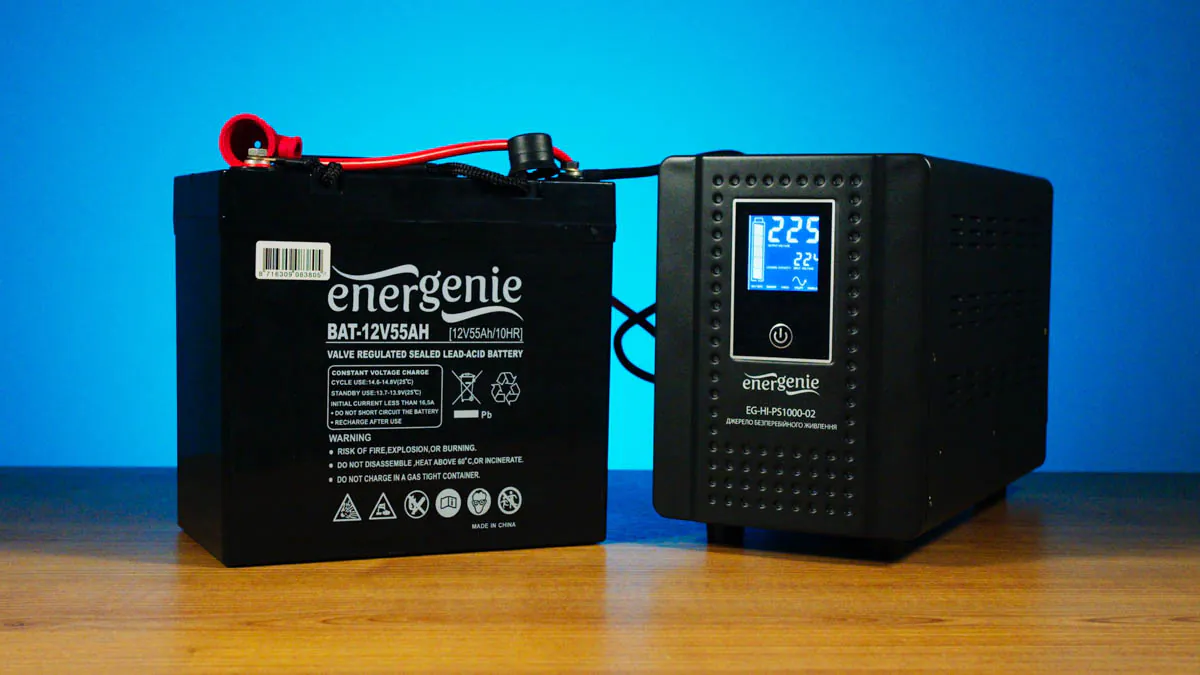
I was partly wrong, and Hollywood is to blame. And I’ll explain why. As well as what to do to keep my and your potential fears at bay. Because if you minimize the risks – and it’s possible and easy to do – you’ll find the EnerGenie EG-HI-PS1000-02 inverter and EnerGenie BAT-12V55AH battery pack REALLY useful.
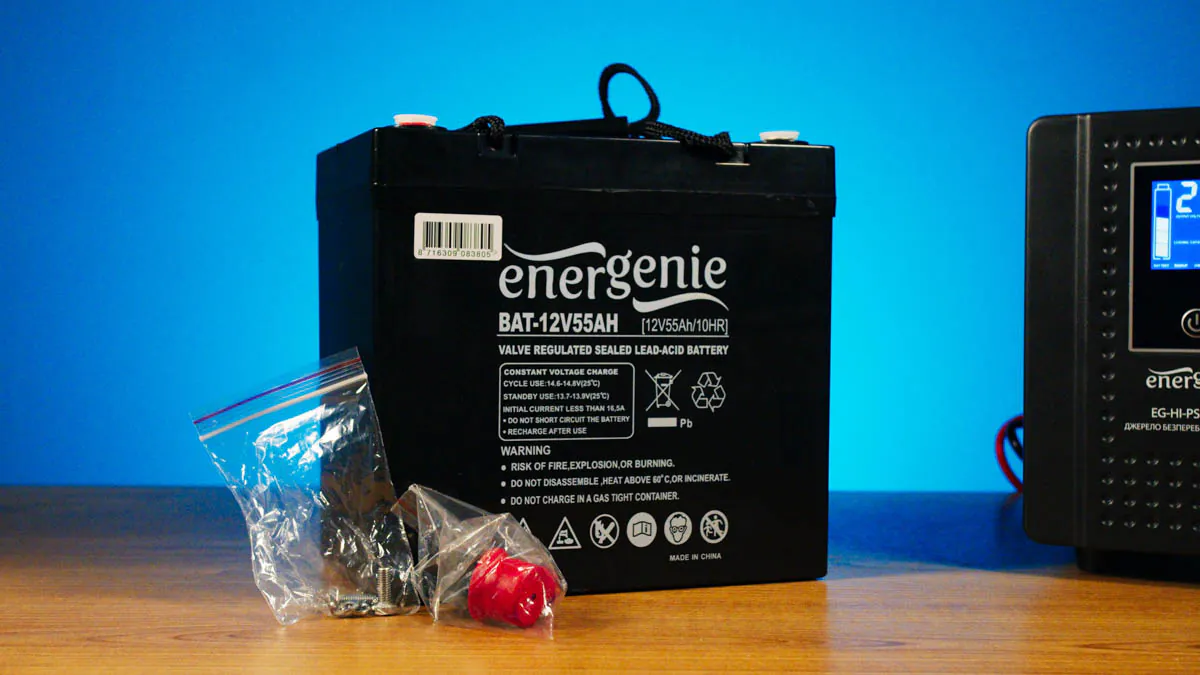
Video review of EnerGenie EG-HI-PS1000-02
You can take a look at the inverter in dynamics here:

Theory, price
Let’s start with what an inverter is. It’s not a UPS. It’s not a charging station. It’s not even a paverbank. It’s a DC to AC single-phase or two-phase converter. Or DC low voltage from batteries to AC 220V to power essentially anything in the house. Assuming, of course, there’s enough power.
Why is it not a UPS? Because a UPS consists of an inverter and a battery under one housing. Why isn’t it a charging station? Because charging stations consist of an inverter, a battery and a huge pile of connectors for charging. And they don’t always deliver 220V, sometimes only 5-12V. Why isn’t it a paverbank? Because it’s very much not pocket-sized.
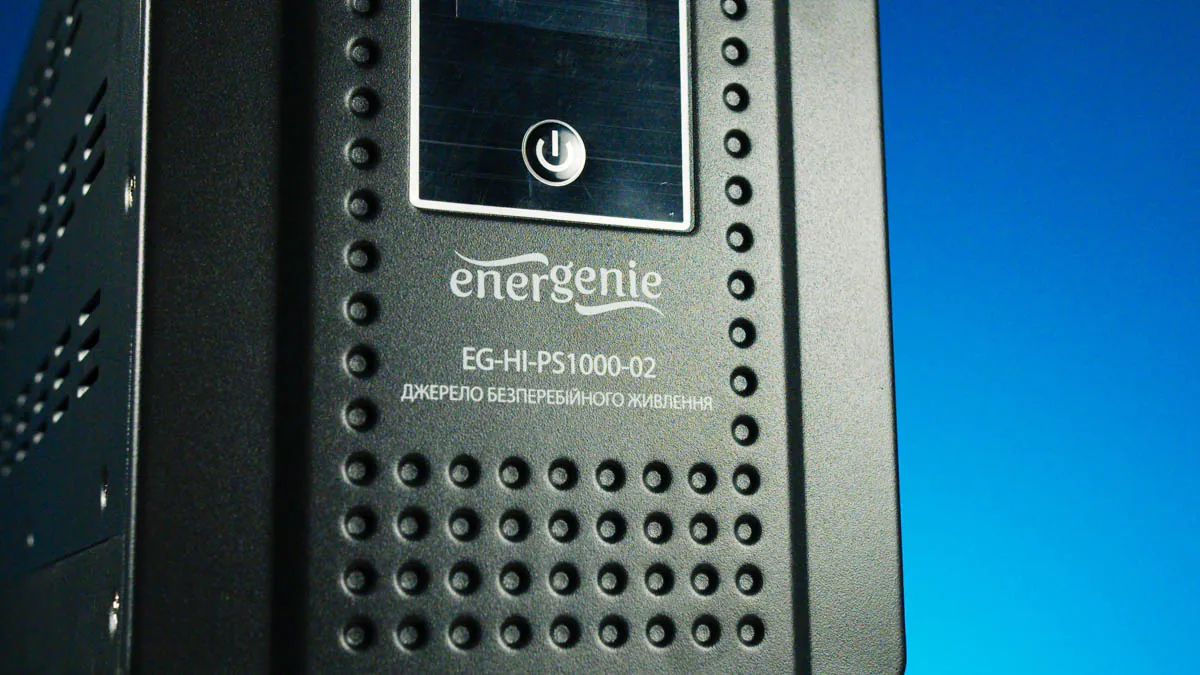
At the same time, the cost of the EnerGenie EG-HI-PS1000-02 inverter itself is more than $180. Plus – EnerGenie BAT-12V55AH batteries cost from $100. If you think that’s a lot, and you can buy a UPS or a cheap charging station for that amount – then technically you’re right. You can do that. But in the following I will tell you why it may not be the best option.
Complete set
The delivery set of the inverter is very modest – there is only a manual and the inverter itself. But the battery comes with screws with additional nuts and stoppers, and rubber plugs on the terminals. They will not save from rain, but they can save from accidental splashes.
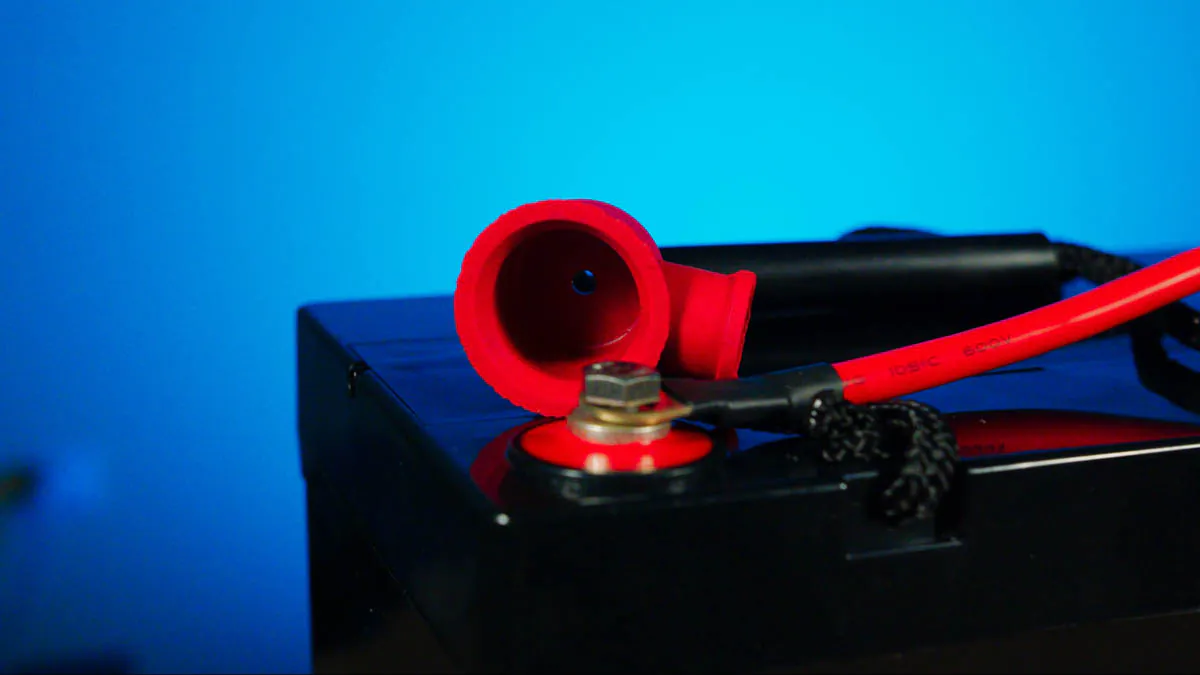
Visually, the EnerGenie EG-HI-PS1000-02 differs very little from the classic office UPS from EnerGenie. Moreover, this is a very new model. However, appearance doesn’t play a role here, we need utilitarianism. And the hero of the review has enough of it.
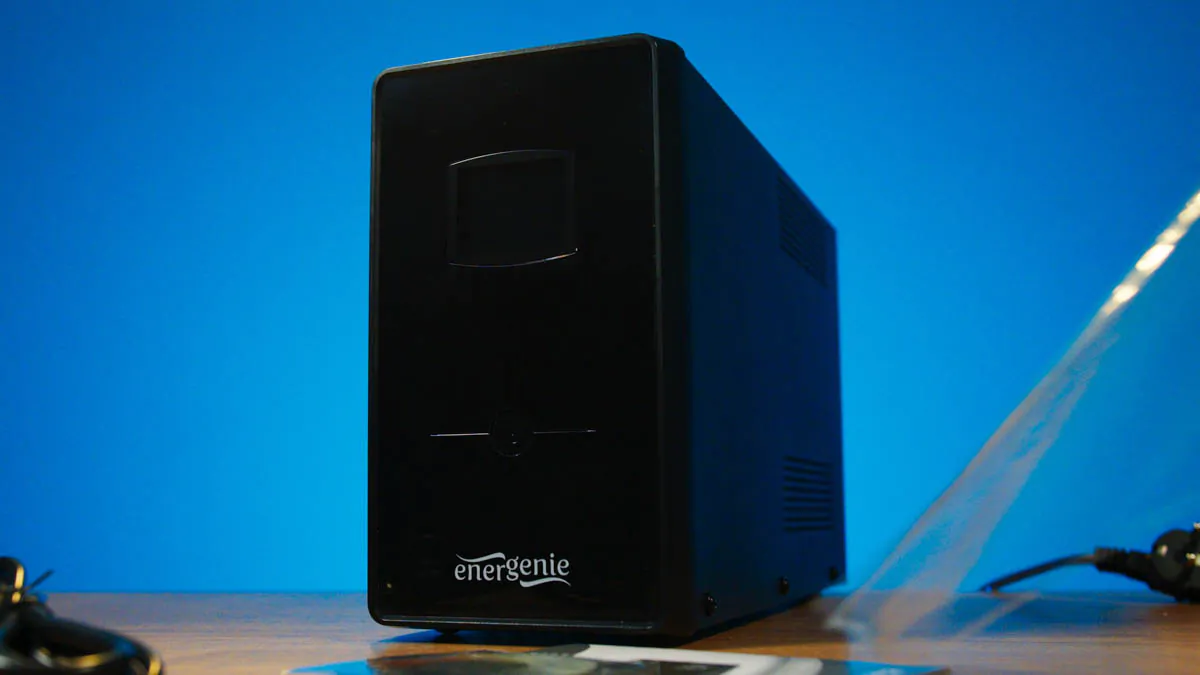
Liquid crystal display on the front of the case – yes. Power button – present. Slots for ventilation on the sides – present. There are rubber feet at the bottom.
At the back we will find the most pleasant things. There is a volume switch, there are two Schuko C13 sockets, there is a current switch – 5/10/15 A, there is a fuse, a cooling fan and two 12VDC cables. There is also a power cable with a Schuko C14 plug, it is non-removable and relatively short.
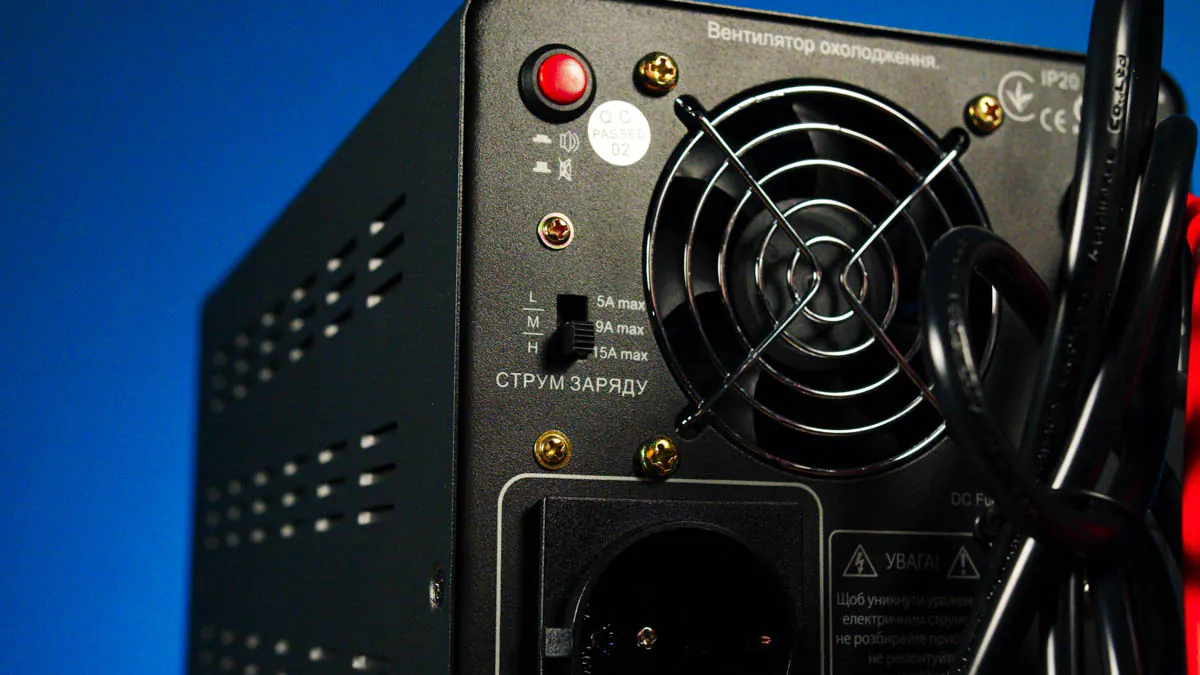
The inverter’s display is LCD and shows basic information including sine wave, battery, overload and current voltage indicators.

Technical specifications
EnerGenie EG-HI-PS1000-02 inverter supports input voltage from 140 to 275 VAC at 50 or 60 Hz, plus or minus 10%. The output voltage of the inverter can deliver 220V in pure sine wave, plus or minus 10%, accuracy is improved to 5% error when using battery. Switching time – up to 4 ms, charging current – up to 13 A, operating conditions – 0 to 40 ° C, with humidity up to 90% non-condensing.
The power output of the inverter is 1000 VA, or 600 watts. I won’t dwell on the difference between Volt-Amps and Watts, however I will say that this is not an indication of the watt-hour level of charging stations. But while UPS had a separate recalculation, inverters are much simpler. They have no capacity at all. There’s only power.
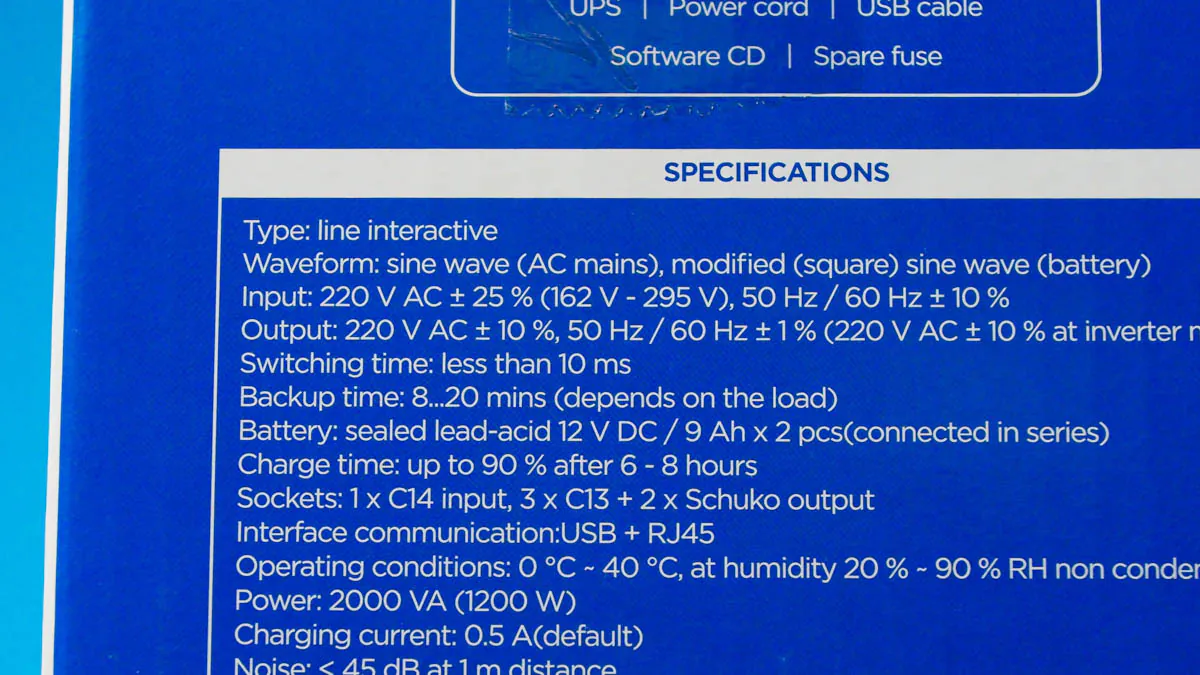
Who has the capacity then? Batteries like the EnerGenie BAT-12V55AH. Actually, 55 ampere-hours at 12 volts. The battery itself is lead-acid sealed, with porous fiberglass inside. And two T12 terminals at the top of the case.

Here I will immediately point out perhaps an obvious fact, but EnerGenie EG-HI-PS1000-02 and EnerGenie BAT-12V55AH are very heavy. The inverter has a mass of almost 10 Kg, the battery – more than 18. Which, given the relatively small size of the battery, makes it quite problematic to transport by hand.
Cost justification
Let’s get back to the price. Why does the EnerGenie EG-HI-PS1000-02 cost so much? Because it combines a semi-industrial-grade voltage stabilizer with a battery charging-discharging system. Essentially, with no limits on the number of batteries.
That is, while the battery is not connected, the inverter works as a voltage stabilizer. When the battery or batteries are connected, the inverter starts charging them. And when the lights go out, the inverter switches its two sockets from mains power to battery power. It switches in up to 4 milliseconds.
What is the advantage of this solution? Because the batteries are SIGNIFICANTLY more powerful than classic UPSs. Because classic UPSs from EnerGenie are designed mainly for office work. To, say, finish and save a text document on a PC that consumes about 150-200 watts. Actually, I had a review of EnerGenie EG-UPS-035, and there the capacity was 18 Ampere-hours at 12V. At a cost of $160.
The EnerGenie BAT-12V55AH actually has a capacity of 55 amp hours. That’s almost 6 times more. At 12V, that gives 660W⋅h of capacity. Even accounting for the efficiency loss in voltage inversion, that’s almost two hours of runtime for my workstation with a 49-inch monitor on which I’m editing 4K video from a movie camera.
Main advantage
And there could be more batteries. How many? As many as you want. Connect them in parallel and you get the total capacity at the same voltages.
That is, we bought two EnerGenie BAT-12V55AH – we got 1320 W⋅h. The total cost will be $400. For comparison – branded charging stations of such capacity cost more than $1000.

And there is a trend in general. If you need capacity, the cost of each watt-hour of an inverter will cost 2.5 times less than a watt-hour of a charging station. And by the way, on transportation – the charging station can not be disassembled into two parts, one to carry in a bag, and the other in a backpack. But an inverter with a battery can and should be!
Safety
But here we move on to safety. Hollywood told me that a car battery can make a person fly backwards or even kill them. And Hollywood lied. Long story short, the main reason is voltages. Imagine a poisoned knife. For the knife to kill you, it has to pierce the skin and the poison has to be powerful enough.
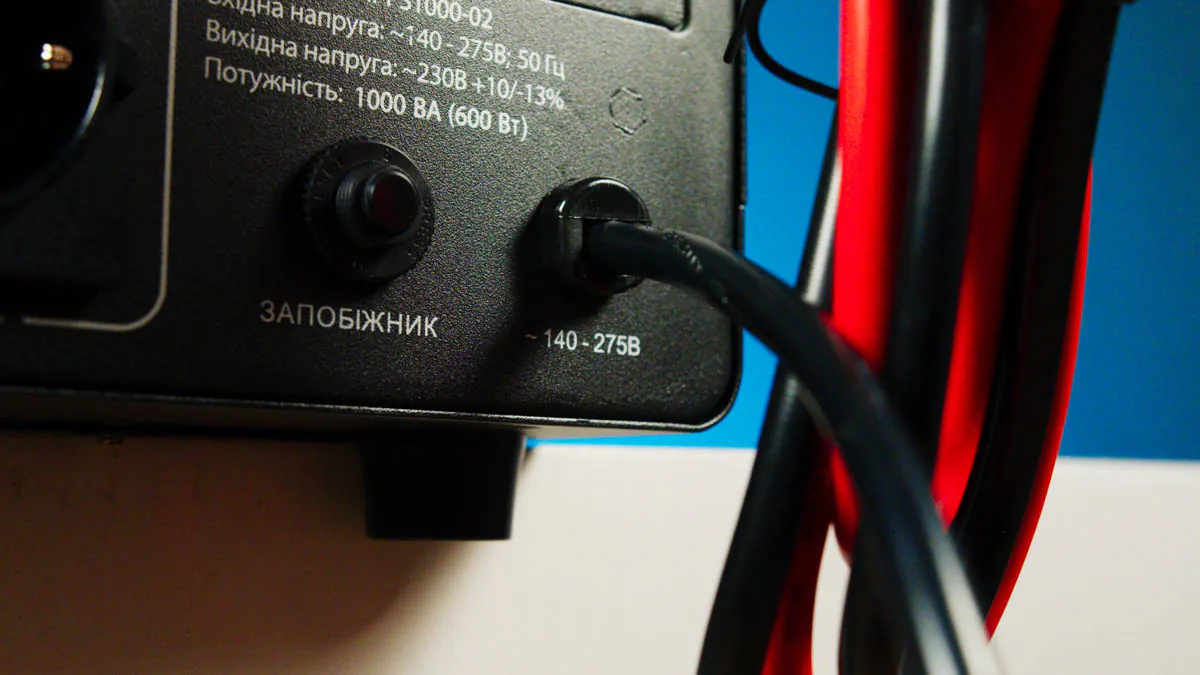
The more volts, the sharper the knife. The more amps, the more powerful the poison. The more resistance in ohms our body has, the stronger the skin. Normally, the resistance of the body is 10,000 ohms. When the skin is wet, it’s down to 1000 ohms. Alcohol also reduces resistance. And if we can get a strong electric shock at 220 V – then 12 V from a battery you probably won’t even notice.
Sure, you can handle the terminals while wet and drunk, but you can also drive while wet and drunk. Or stick your finger in a fan while you’re wet and drunk. You’d be surprised, but basic safety rules save you every day. And dealing with what are essentially car batteries is no different from other such examples. Also, don’t forget that the battery comes with rubber protective tips.
Real problems
What is there to be afraid of? Deep discharge, ignorance of series and parallel connection, and harmful explosive vapors. Deep discharge will lead to a decrease in capacity, which can sometimes be “cured”. Harmful vapors in case of sealed batteries are possible only if the battery ceases to be sealed.
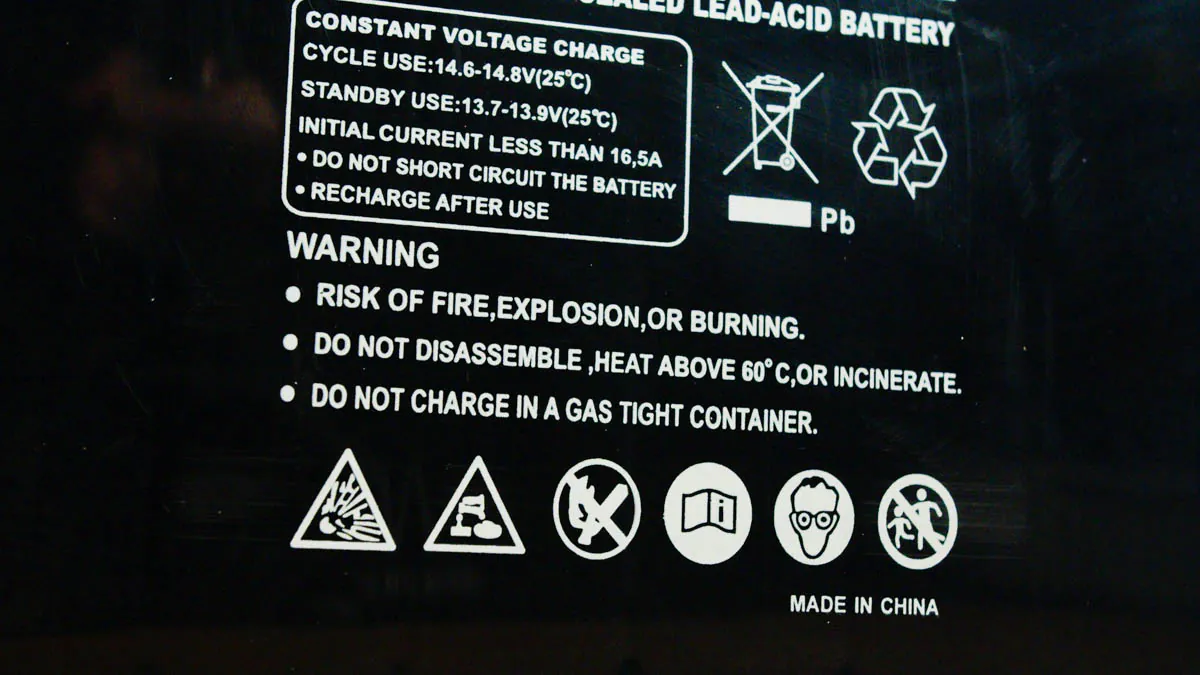
Which in the case of branded models like the EnerGenie BAT-12V55AH – the probability is astronomically small. Never zero, just like the probability that you will be killed by a cow – but astronomically small.
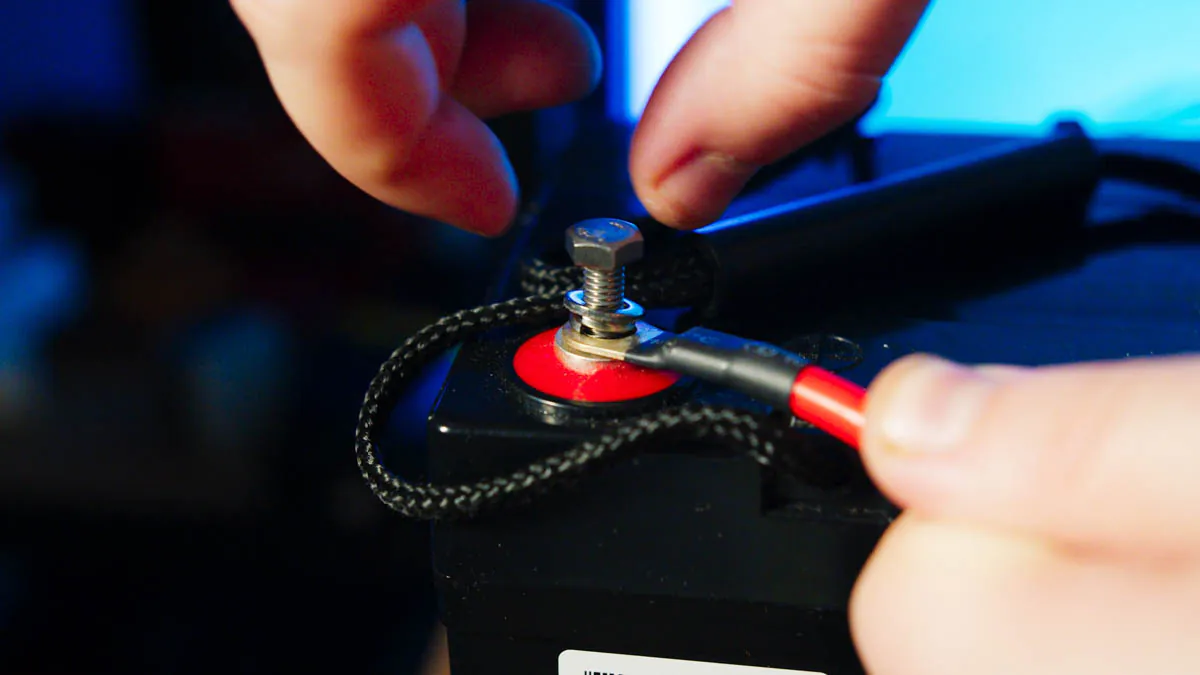
However, I will gladly share my recommendations on where to store and how to place a battery inverter, and how to extend the life of a PC when every second counts. Let me know in the comments if you are interested in such material.
Summary
The name of the game is frugality, and EnerGenie is winning at it. Although the combination of inverter and battery looks threatening, the threat is absolutely minimal. And the combination of the EnerGenie EG-HI-PS1000-02 inverter and the EnerGenie BAT-12V55AH battery gives you huge capacity, reliability, and additional possibilities for the future. All you need to know is basic safety rules – and a little bit of high school level electrodynamics. So yes. I recommend it!
Читайте также:
- Self-driving cars: how long to wait for revolution?
- ASUS TUF GAMING AS1000 Portable SSD Review
- Ugreen Nexode 140W USB C GaN review: powerful and portable charger for any occasion

